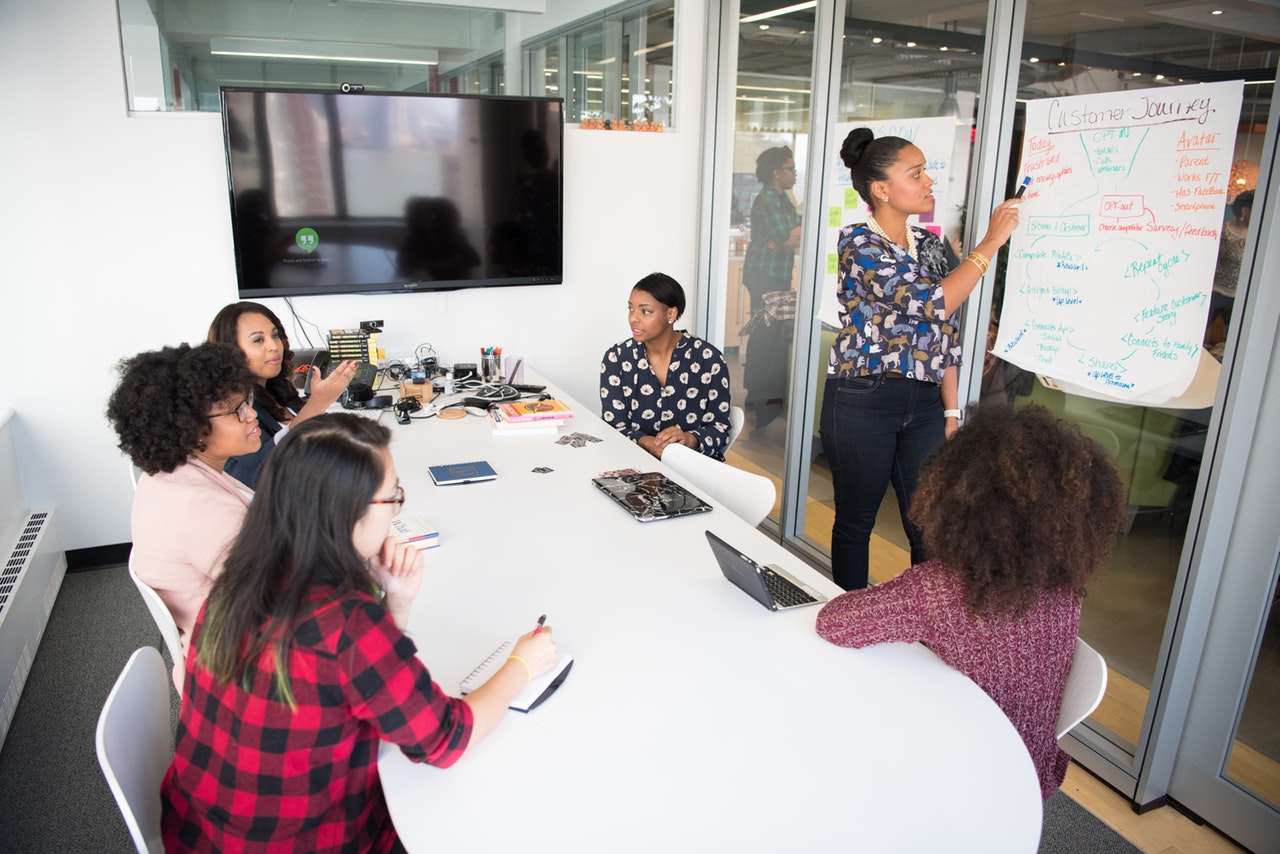Five Essential Tips for Successful Agile Web Development

For those of you out there who work in software development, you will likely be well aware of the ongoing and often heated debate over Agile and Waterfall development methodologies. Which is best? Will one mean success where the other spells certain doom? And just what is the difference anyway?
The truth is, they’re both great when you play to their strengths, but you should always let the project determine which approach you take, rather than leading with the methodology. In particular, Agile is not a one-size-fits-all solution and instead should be tailored to fit the size and structure of the company you’re working with.
To help you on your Agile journey, we’ve put together five essential tips for successful Agile web development. Ready? Let’s dive in.
At Sitback, we choose to use a pragmatic blend of Waterfall and Agile delivery methodologies, developed over many years of experience, to ensure the most effective outcomes for our clients. See, you really can have your cake and eat it too!
Recently, we worked with the Your Money team (part of a partnership between Channel Nine and Sky News) to develop an engaging, user-centred website, ready for the launch of their new TV channel. The twist was that it had to be ready in just eight weeks. Integration with multiple third-party vendors for video, advertising, and podcasts added to the complexity of the project.
This was an incredibly aggressive timeline for a project like this, and consequently we turned to an agile methodology for development and delivery. This enabled us to release features to the client in an iterative way, allowing for continuous feedback throughout the development process.
If you’re interested, you can read more about the Your Money project in our case study. It’s OK, you can come back when you’re done. We can wait. View Your Money Case Study.
If you’re just starting out with agile, here are five of our top tips and recommendations to help ensure your next project is a huge success:

1 Ensure Close Collaboration
At Sitback, we have five core values that we seek to incorporate into all aspects of our work.
- Teamwork
- Excellence
- Nurture knowledge & learning
- Innovation
- Focus on the client
Having these identified keeps us focused and helps us to make the right decisions, both for the business, and for the team.
The first of these values is Teamwork. It’s an area where we feel that we excel and the Your Money project was no exception. Throughout the project we worked closely with the Your Money team, as well as multiple third parties, to ensure that we reached a successful outcome.
There are many different ways to ensure close collaboration with your client. Co-locating is an approach we adopted when working with the Your Money team. Over the course of the eight-week project timeline, members of the Your Money team based themselves in our offices. This enabled them to make fast decisions during the development process, and also ensured clear communication helping stop concepts being lost in translation between a meeting room and work desk.
A further welcome benefit is that it can really help bolster the relationship with your client.
This approach can come with challenges, and there is a risk that the project could be ‘over managed’, but if the approach is clearly explained to the client at the beginning of the process, as well as the consequences of trying to get too involved, then you should be all good.

2 Clearly Define Your Project Goals
When we say project goals, we mean across two levels – for the whole project, but also for the individual development sprints too. Making sure that everybody working on the project understands what it is you are working towards, both in the short term and also the bigger picture, ensures a clear vision and aligned thinking.
A great approach to help with this is Story Mapping. Look at you client requirements early-on and break down the functionality into a MVP and post-live iterations. For example, the MVP may include a feature allowing visitors to subscribe to a website, but in a subsequent release you will extend this functionality to include the ability to login to the website and access additional, restricted content.
This approach is great for taking new products to market using an initial MVP, but in order to fully utilise the benefits of Story Mapping you really need a more flexible project timeline, enabling you to fully understand your team’s velocity and estimated overall project duration.
3 Plan Tangible Deliverables
It can often be difficult to see progress being made on a project, especially when much of the development work is back-end related. In order to keep the client engaged, and also to avoid travelling too far down the wrong path, you should use the agile methodology to identify tangible deliverables for the end of each sprint, grouping tasks so that the client can see and feedback on progress at regular intervals. As well as reducing the risk of going off track, this has the added benefit of helping to build good relationships with the product owner.
During the Your Money project, we ran a two-week sprint at the beginning of the project, followed by four one-week sprints. This ‘front-loading’ approach ensured that there was something for the client to review at the end of the first sprint, and then each subsequent sprint.
4 Clearly Define The UAT & Feedback Period
Following a demonstration of the progress made at the end of a sprint, ensure that you’ve planned enough time for testing and consolidated feedback from the client.
Any bug fixes or functional and visual changes should then be built into the following sprint – rather than leaving them until the end of the process when there might not be enough time to action them all.
During the Your Money project, we split each subsequent sprint using the 80/20 rule: 80% of the time was spent building the next new feature, and 20% was spent addressing any issues raised during the feedback session.
The result is that the client feels more in control during the process and you ensure issues are caught and dealt with early on.
5 Don’t Be Afraid To Push Back
As previously mentioned, throughout the Your Money project we held multiple end-of-sprint demos, followed by post-UAT feedback sessions. It can be tempting for the client to make additional requests during these sessions that run the risk of extending the project timeline or derailing the project entirely. To avoid this occurring, you should not be afraid to push back on things that may take too long or compromise the success of the project. If you have defined your project goals earlier on in the process, then you have these to reference when raising your objections.
During the feedback sessions you should allow the client to prioritise updates for the MVP, but don’t forget about everything else. Instead, use your backlog of additional tasks to build out a post-release digital roadmap, allowing for continuous development following the release of the MVP.
Summing Up
As with any project delivery methodology, there are caveats to the Agile approach, and we had to alter some of our usual internal workflows to accommodate the Your Money project timeline.
One of the most important aspects is to ensure your client has a full understanding of the process prior to engagement. If they don’t understand fully it can lead to requests and feedback that will jeopardise the project delivery.
For Agile to work and for your project to be a success, you must manage your client’s expectations, keep lines of communication open, make it clear that bugs cannot be fixed on a daily basis, and don’t be afraid to say ‘no’.
Thanks for reading and good luck with your next project!
Need a Website In a Hurry?
If you need to take a new product to market quickly, and you need the support of team who have the experience to ensure your goals are met, get in touch. We love a challenge, and we’d love to hear from you.
{{cta(‘416f3c7b-b77c-4d75-8a49-1d9236fa5592’)}}
Enjoyed this post?
We’ve got loads more useful content to help you and your organisation succeed in the digital world; from User Experience best practices, to Web Development insights and business strategies. Subscribe to our Blog now and we’ll send you a quick email each time we publish a new article.
